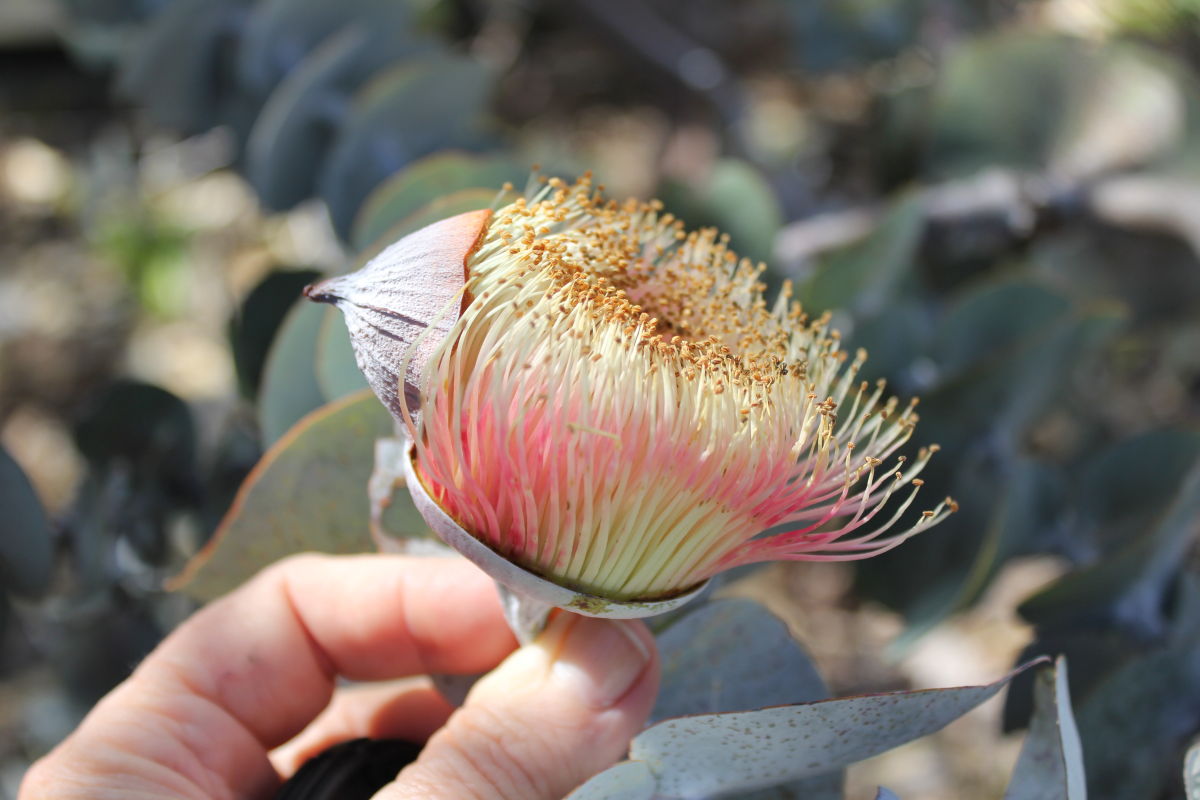Western Australia’s wildflowers are amazing. It has the biggest collection of wildflowers in the world. Of more than 12000 species, 60% are endemic to Western Australia.
The wildflower season, which attracts an enormous number of tourists, begins in June and ends almost six months later.
Heavy rainfall this winter has resulted in a bumper season.
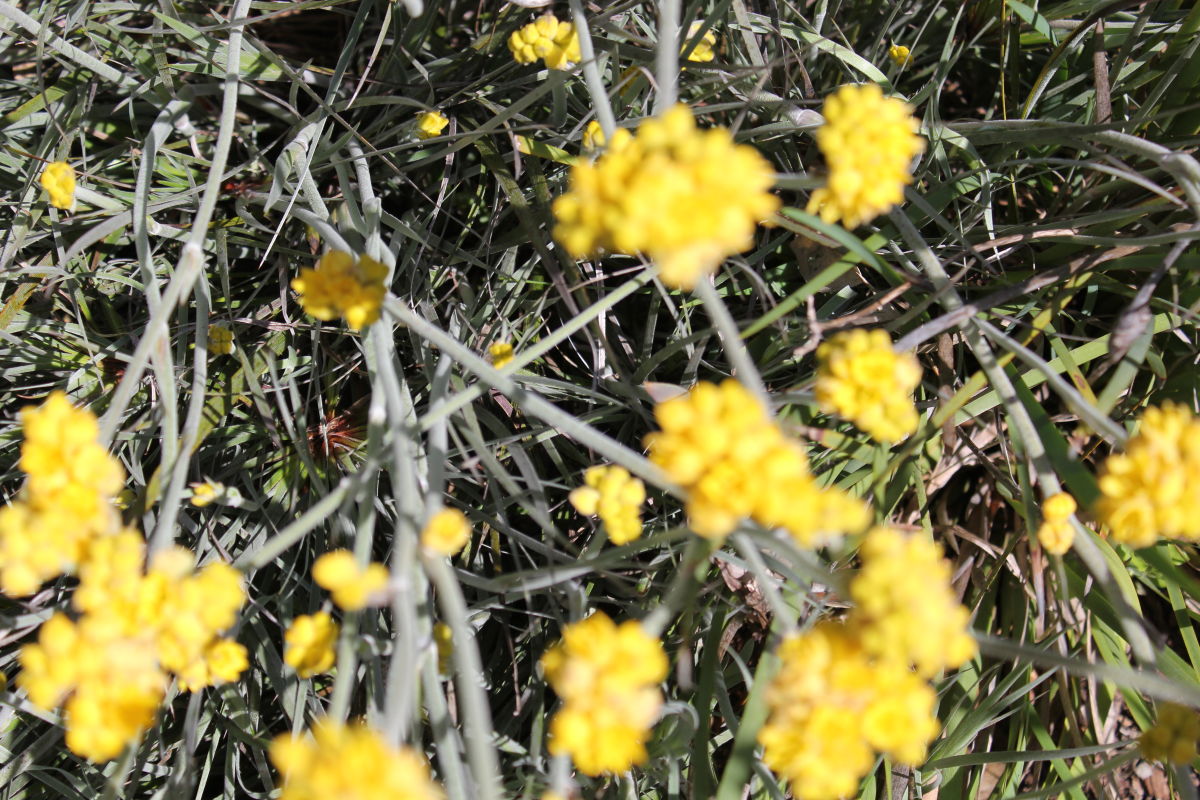

Golden Wattle. Australia officially celebrates National Wattle Day on the first of September. Wattle is our national floral emblem and has been in our Commonwealth Coat of Arms since 1912. It also features in the Order of Australia medal.
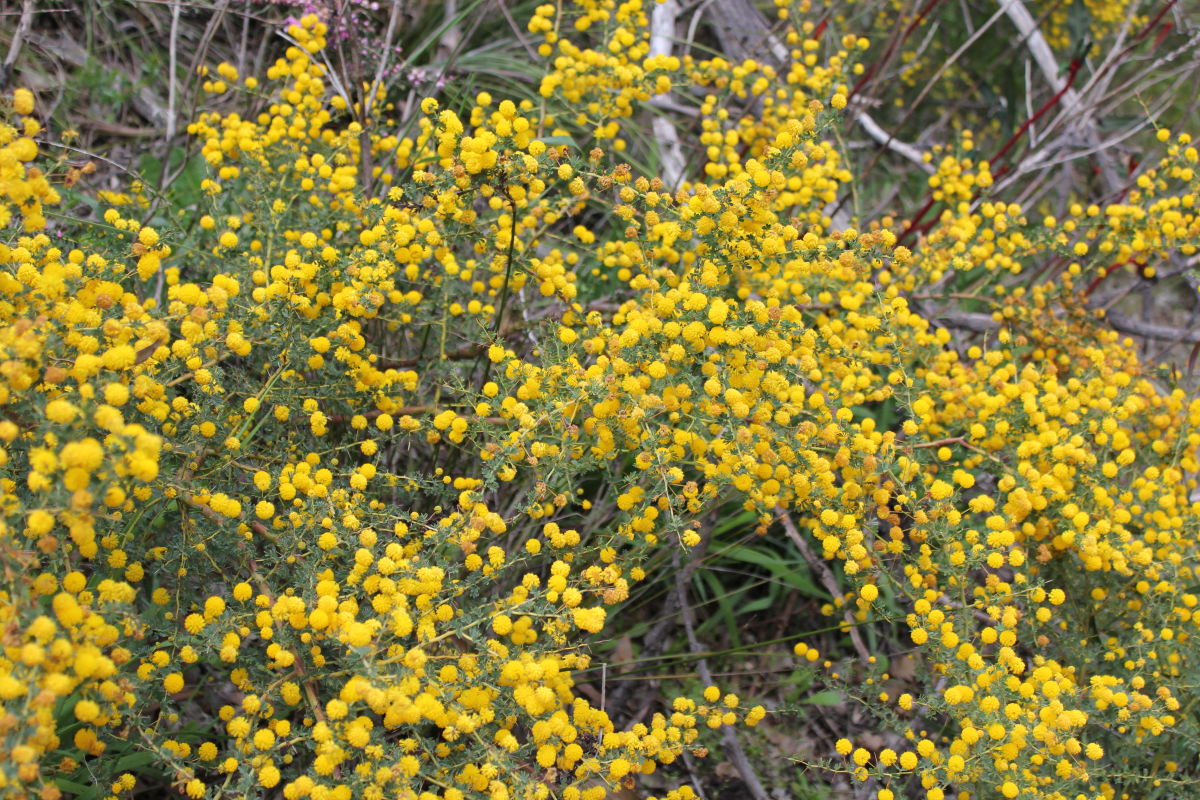

Wattle has fluffy flower balls ranging in colour from cream through to deep golden yellow. The bushes regenerate quickly after fires, are drought tolerant and attract bees.
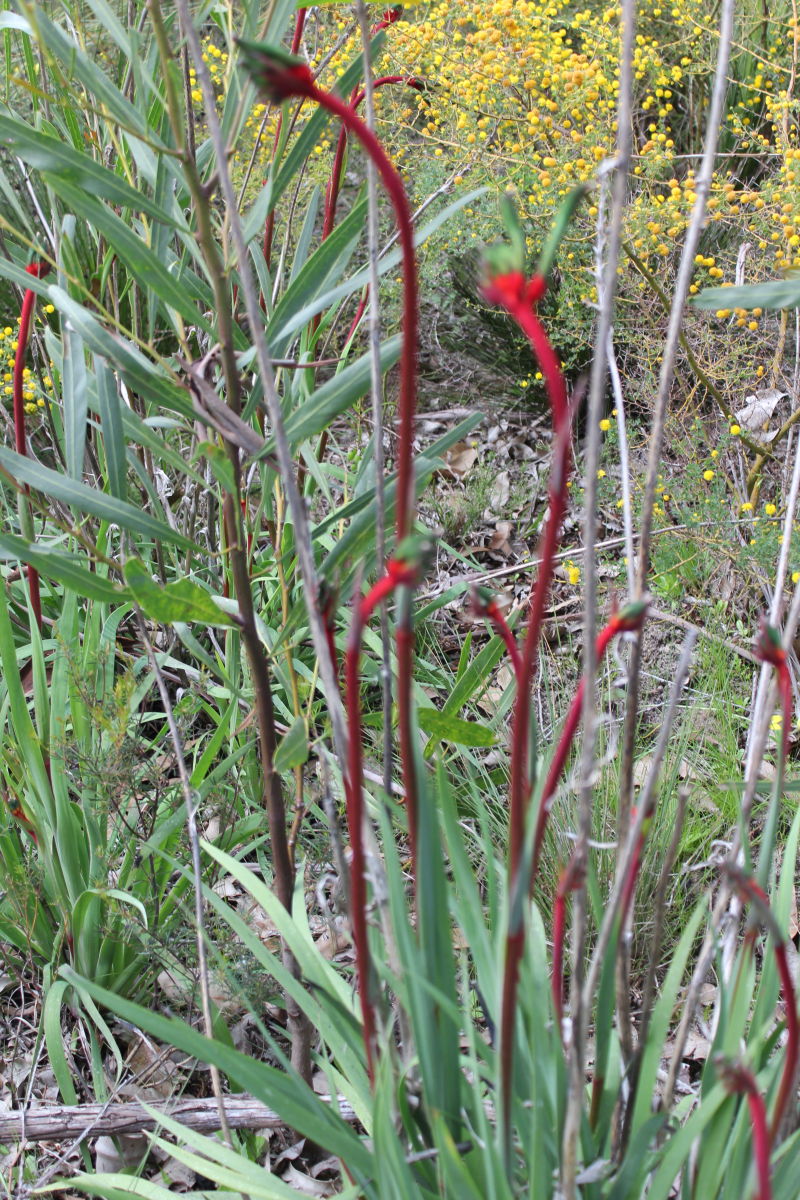

The original Kangaroo Paw, the others below, in various colours, have been hybridised as landscaping flowers. Kangaroo Paw is the common name for a number of species although this one is endemic to the south west of Western Australia
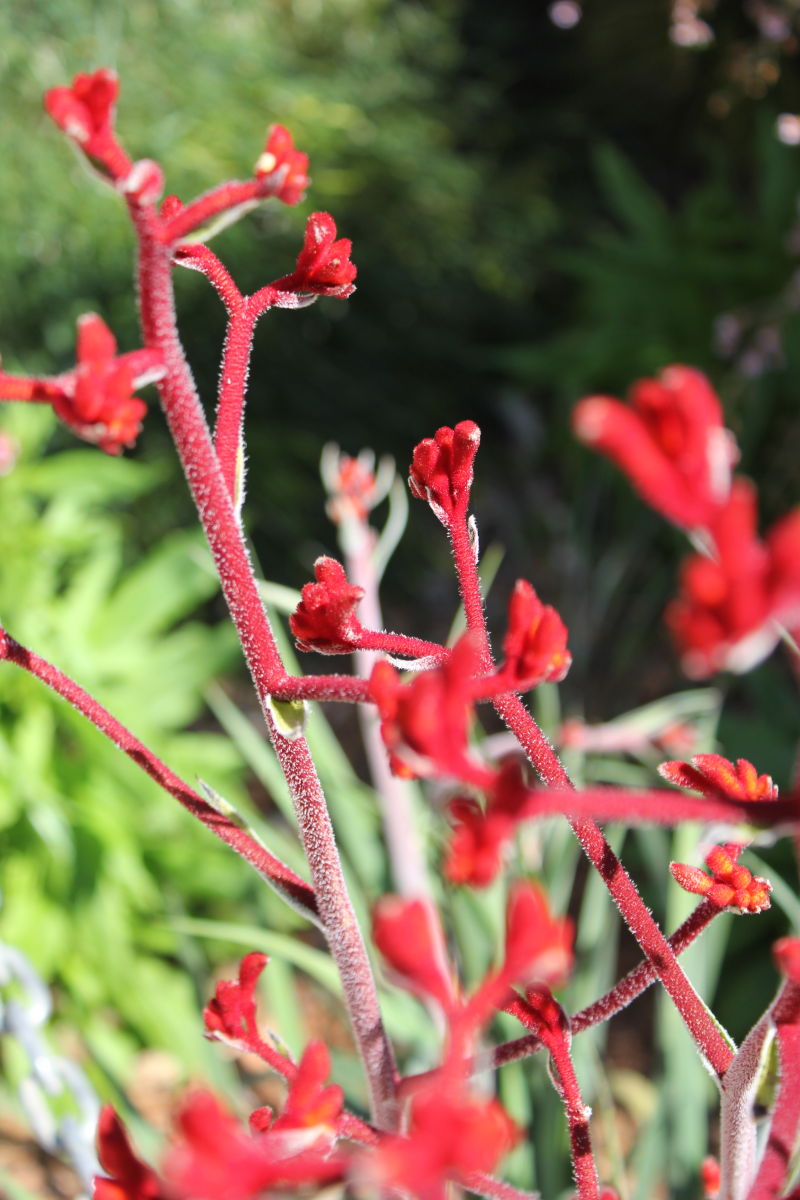

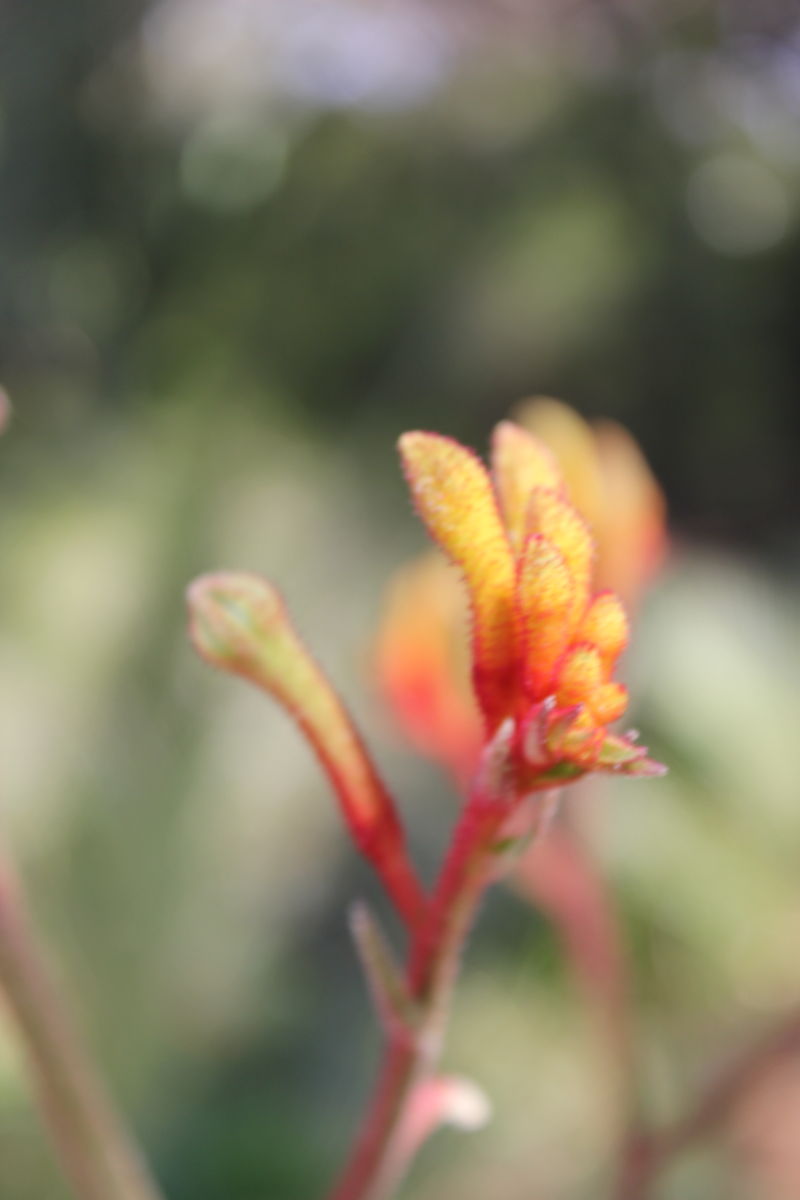

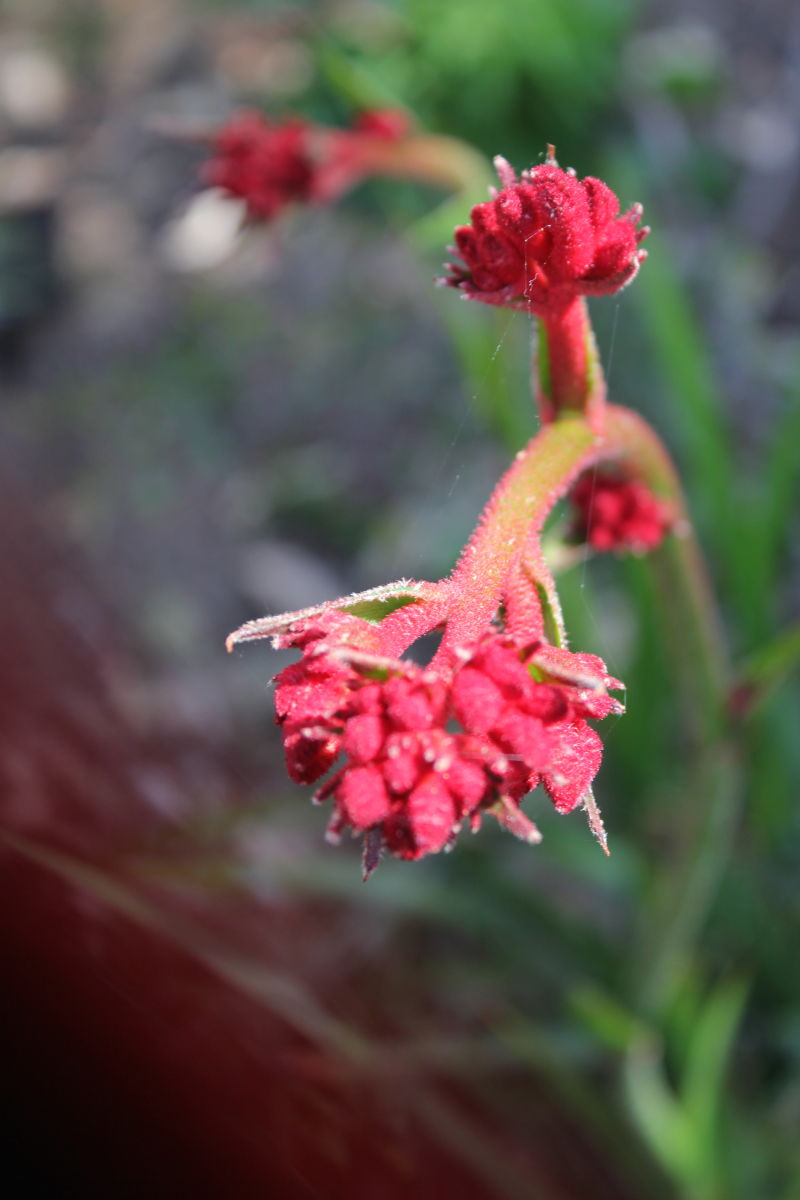

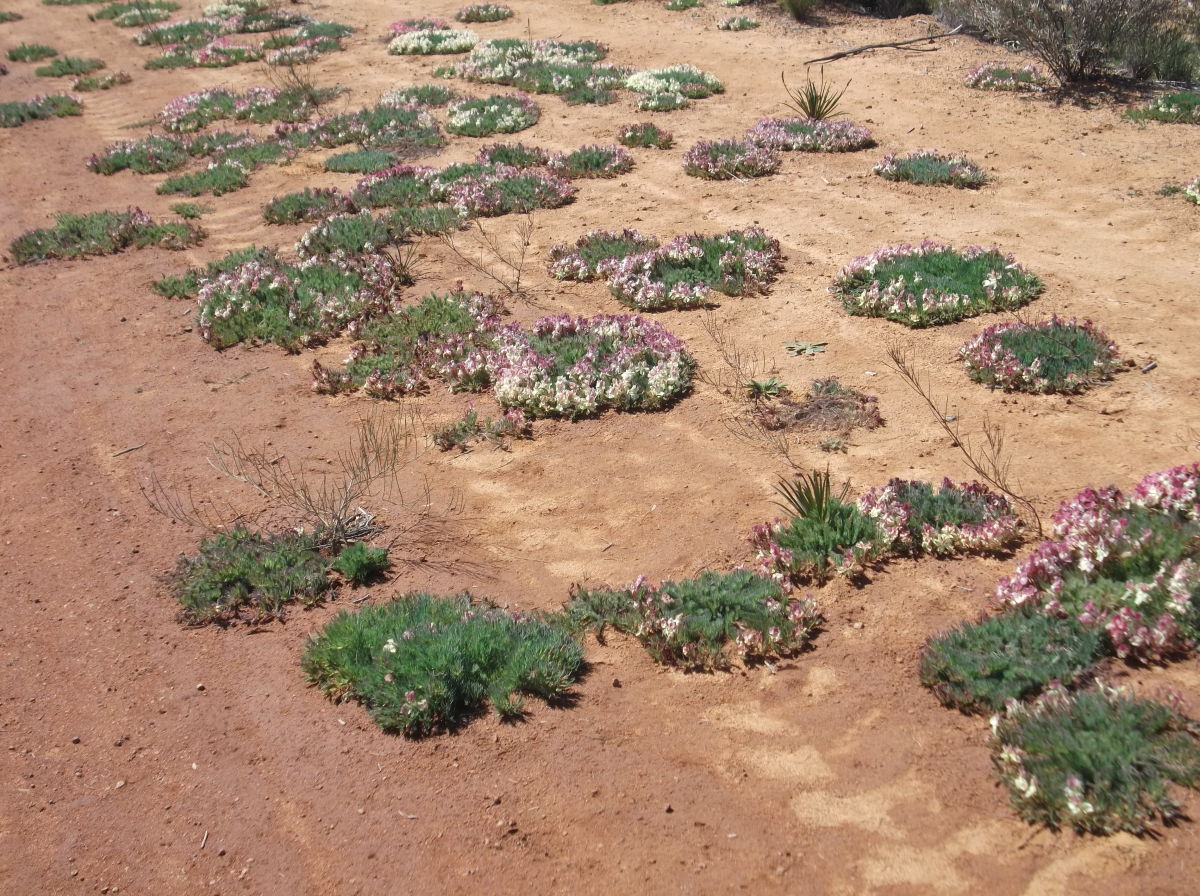

This is the rare and amazing flower Wreath Leschenaultia. They are exquisite rings which only grow on disturbed gravel ground. These hard to find flowers are in abundance this year and are very beautiful.
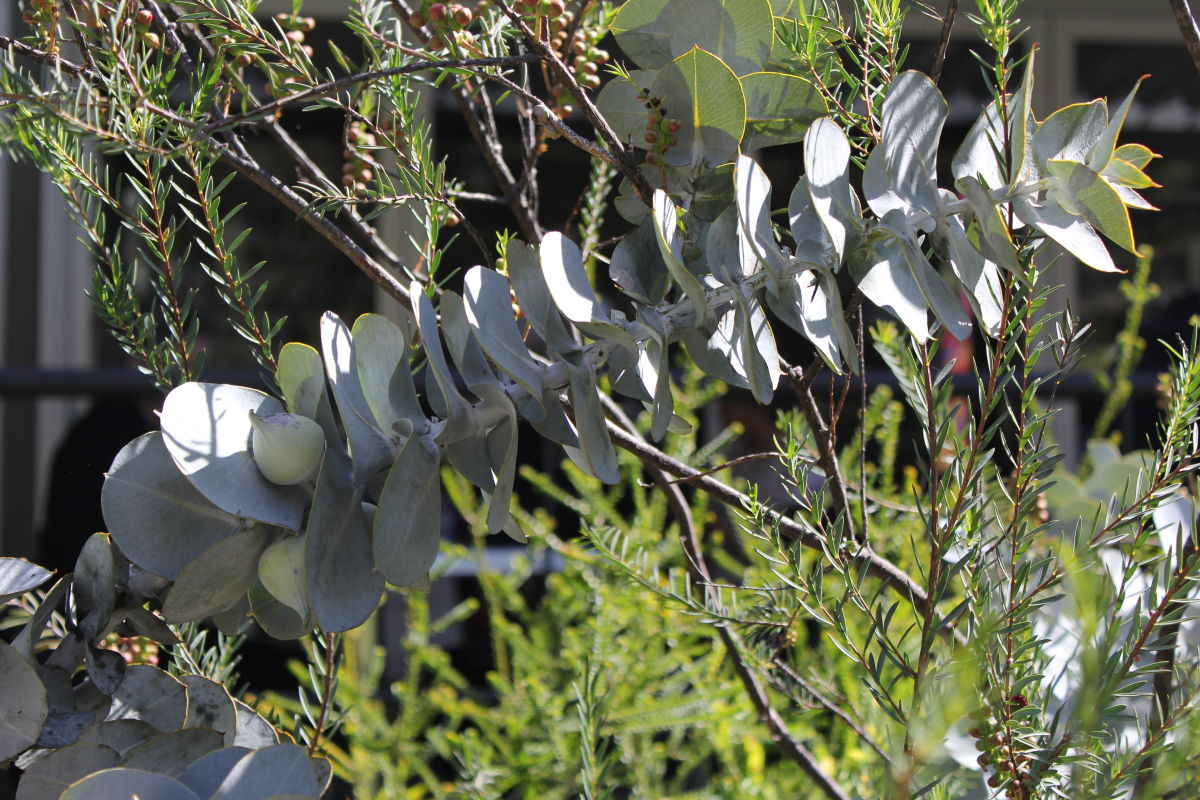

Eucalyptus leaves. So pretty and fashionable in floral arrangements. In some species only the juvenile leaves are round in shape. As they mature the leaves become longer and thinner.
Eucalyptus trees dominate the Australian landscape from streetscapes, to parks, bush land and paddocks.
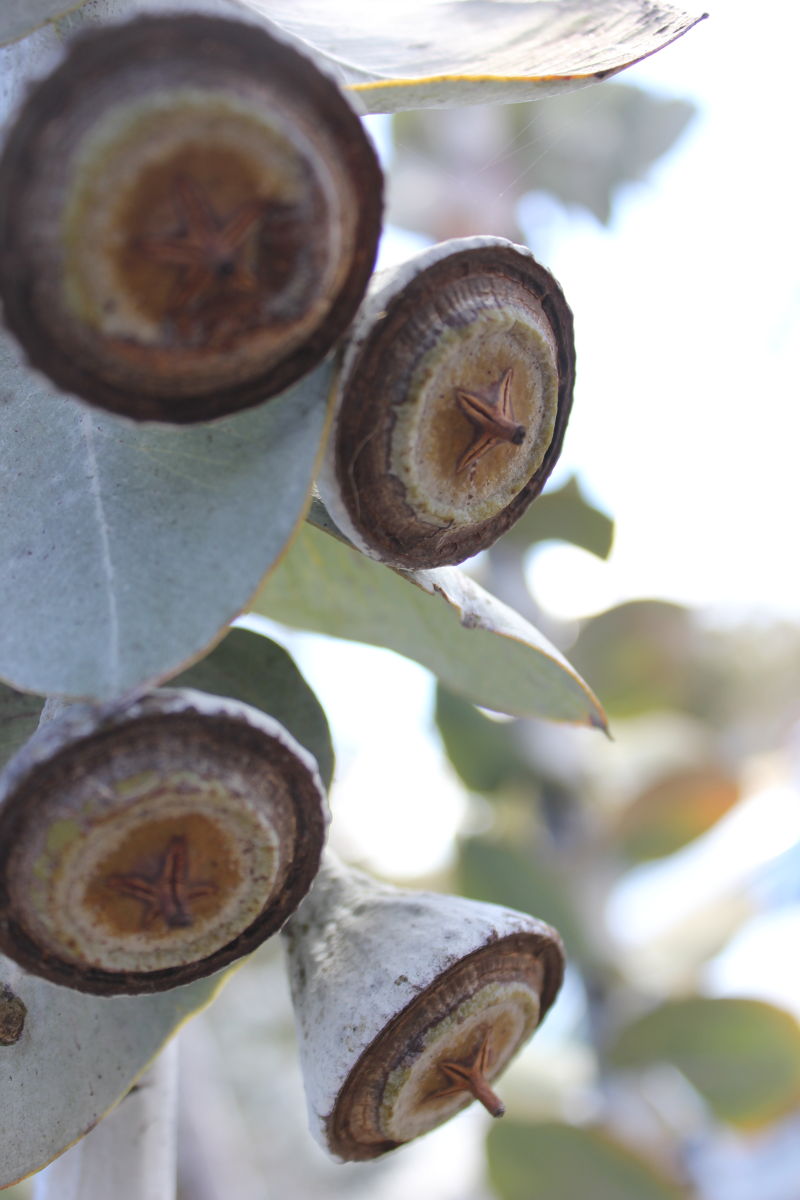

Eucalyptus or gumnuts.
The nut pops open and a beautiful flower appears.


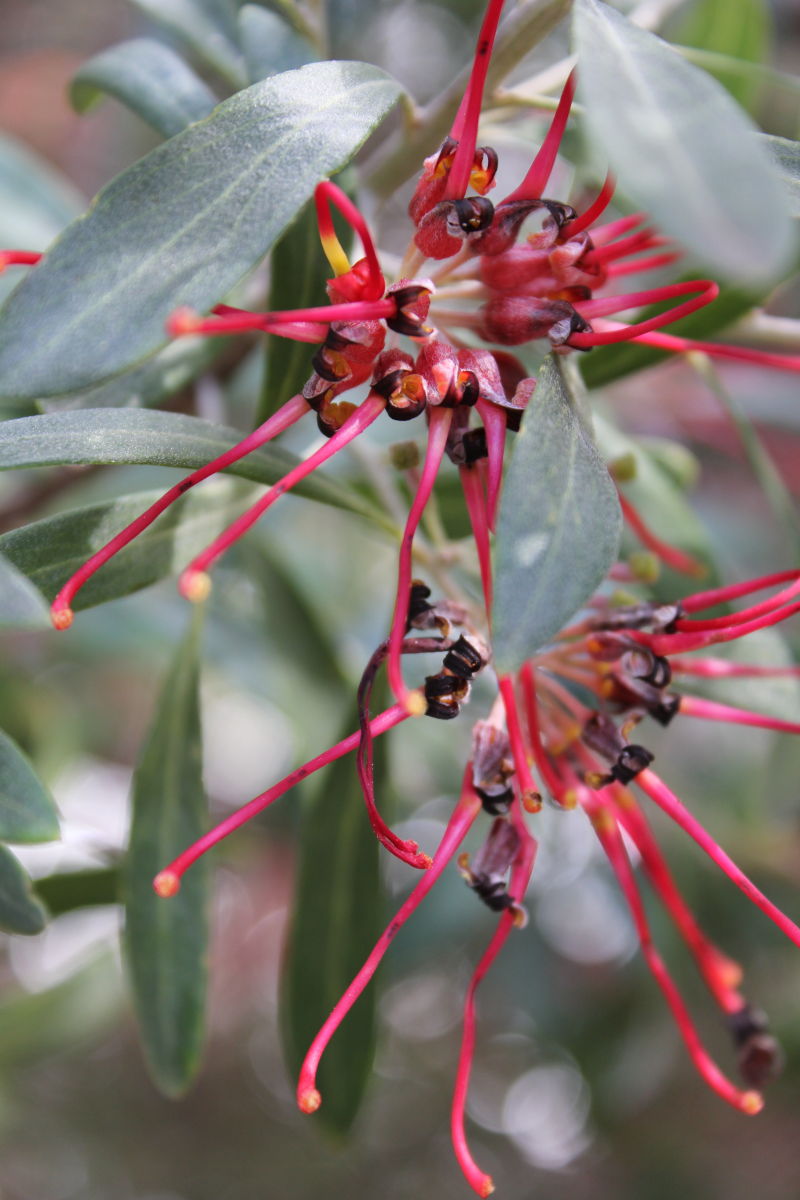

Grevillea. This is a diverse genus of about 360 species which grow as ground cover, lower shrubs and some reach tree size. Grevilleas are hardy and requiring little water, they are now popular as landscaping plants.
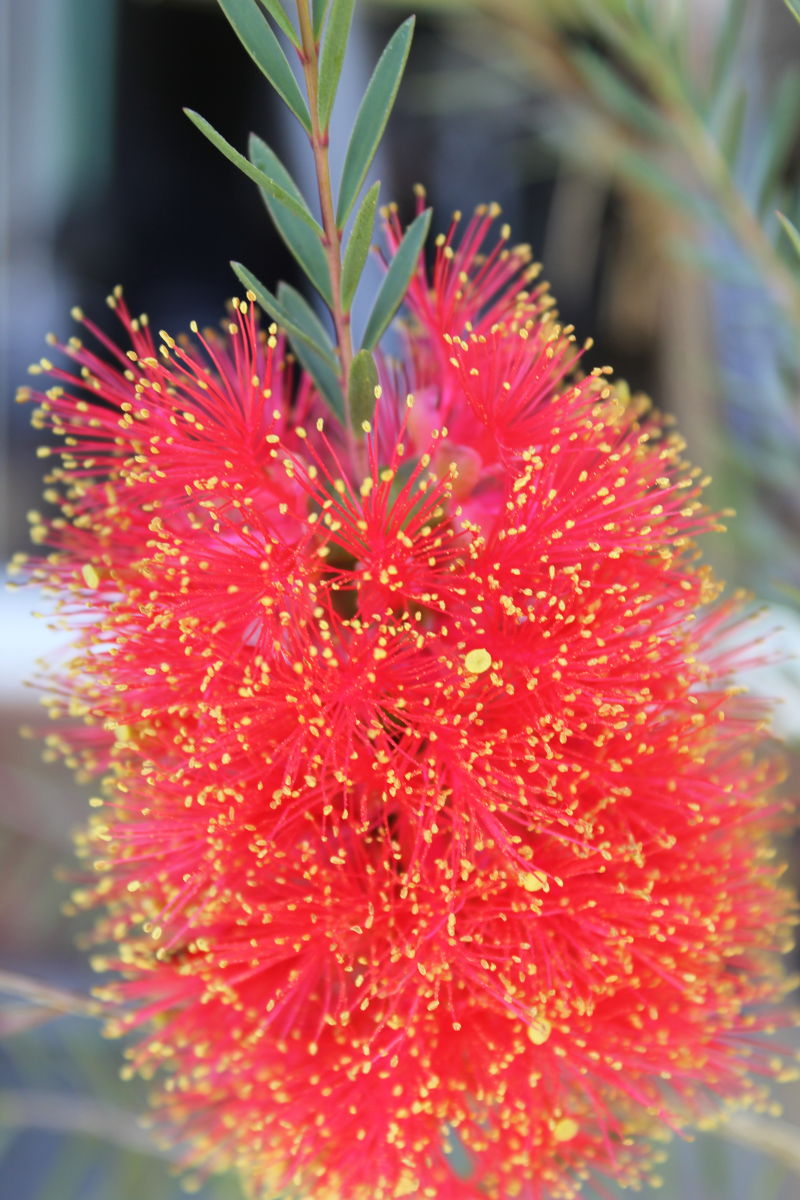

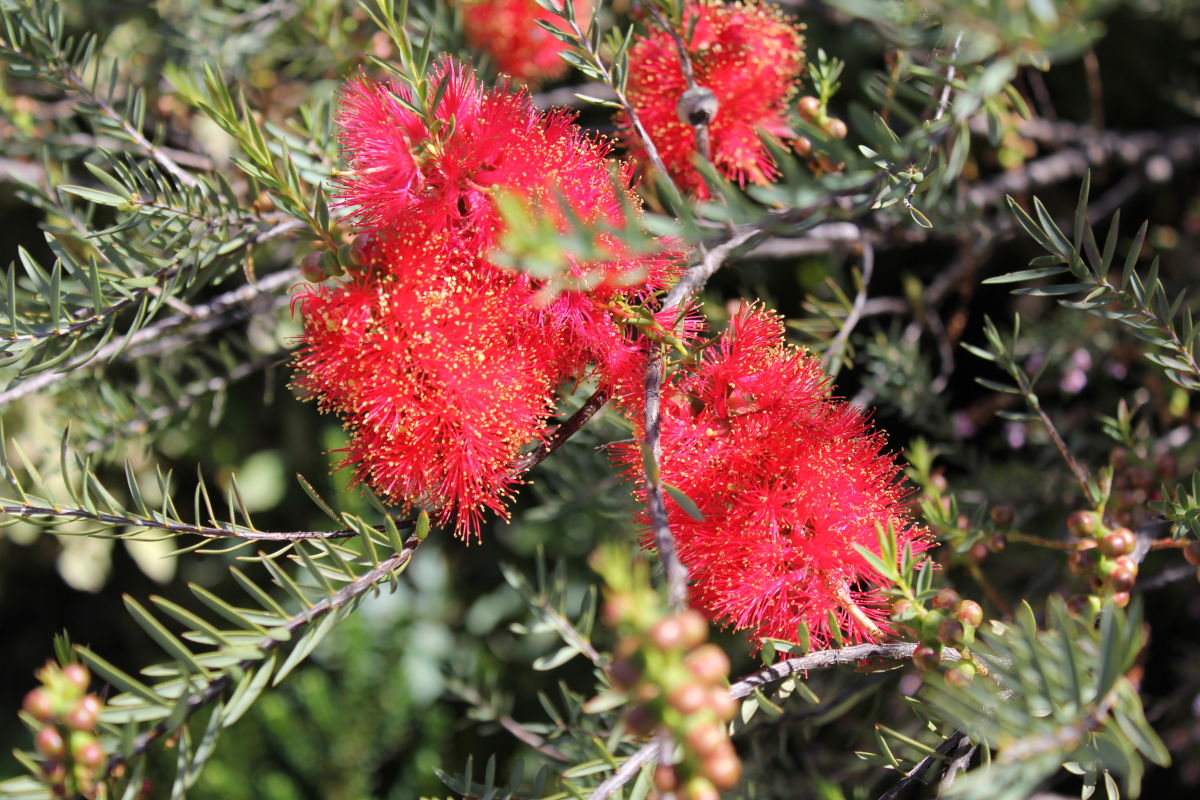

Bottlebrush, endemic to Australia but has been widely cultivated and naturalised in other regions. The long, tubular flower is very attractive to wildlife, especially birds.
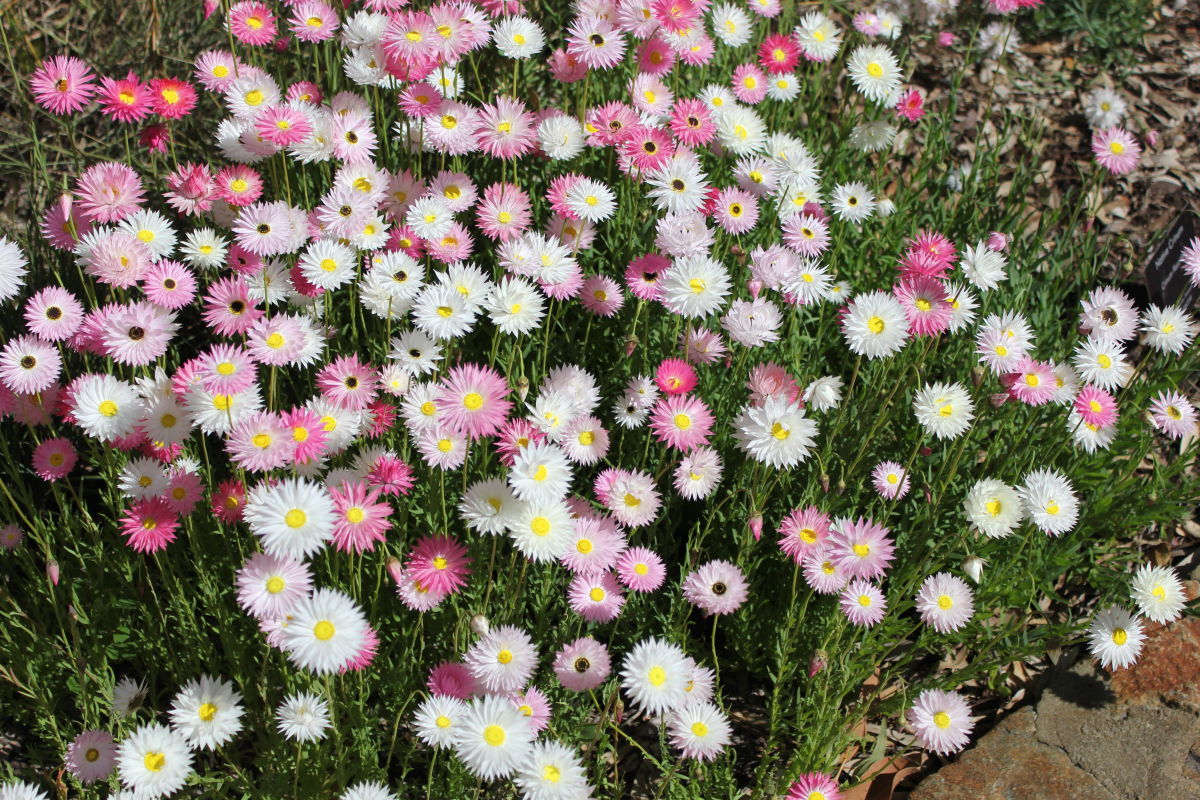

Everlastings, pretty bright yellow centered flowers which can be dark pink, pale pink and white and last for a long time. Known as everlasting or paper daisies, they make a stunning display in massed groups. They are particularly prolific this year because we have had a very wet winter.
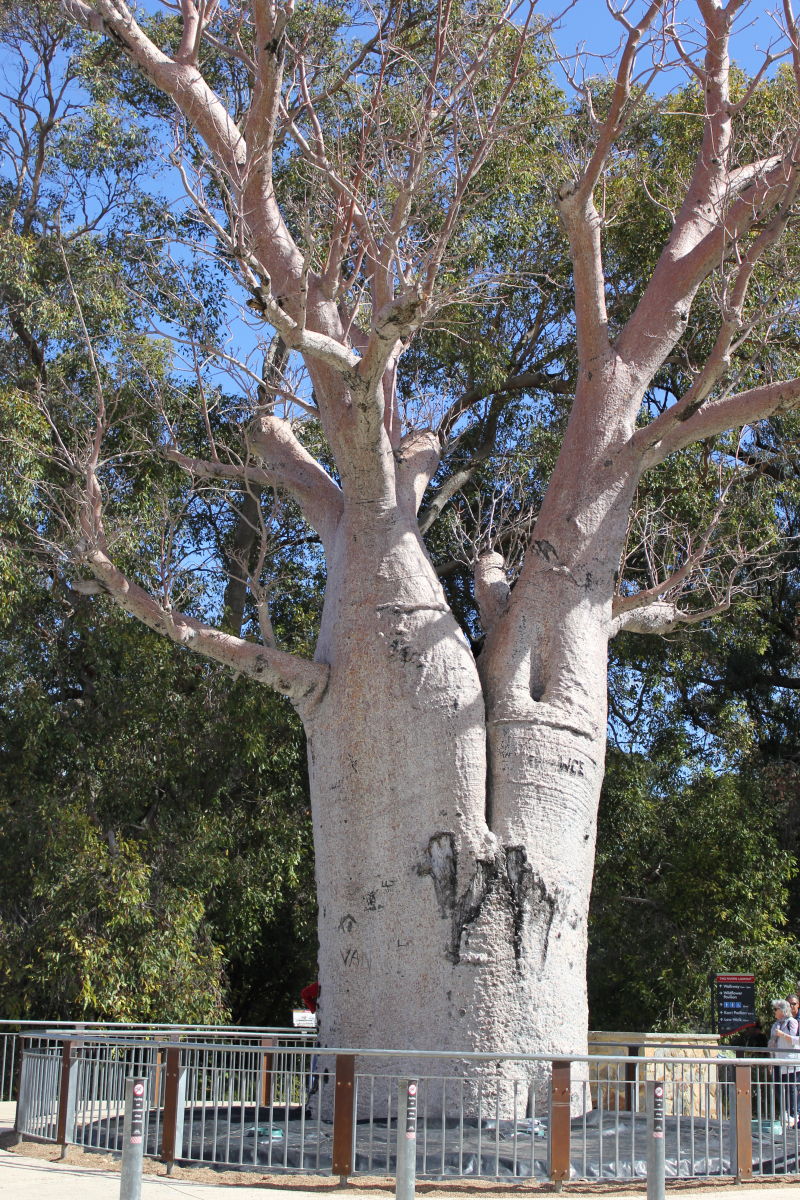

This boab tree was brought down to Perth from the north-west. The trees are recognised for their large, swollen base. They are found in remote areas of the Kimberley, a northern region of W.A.
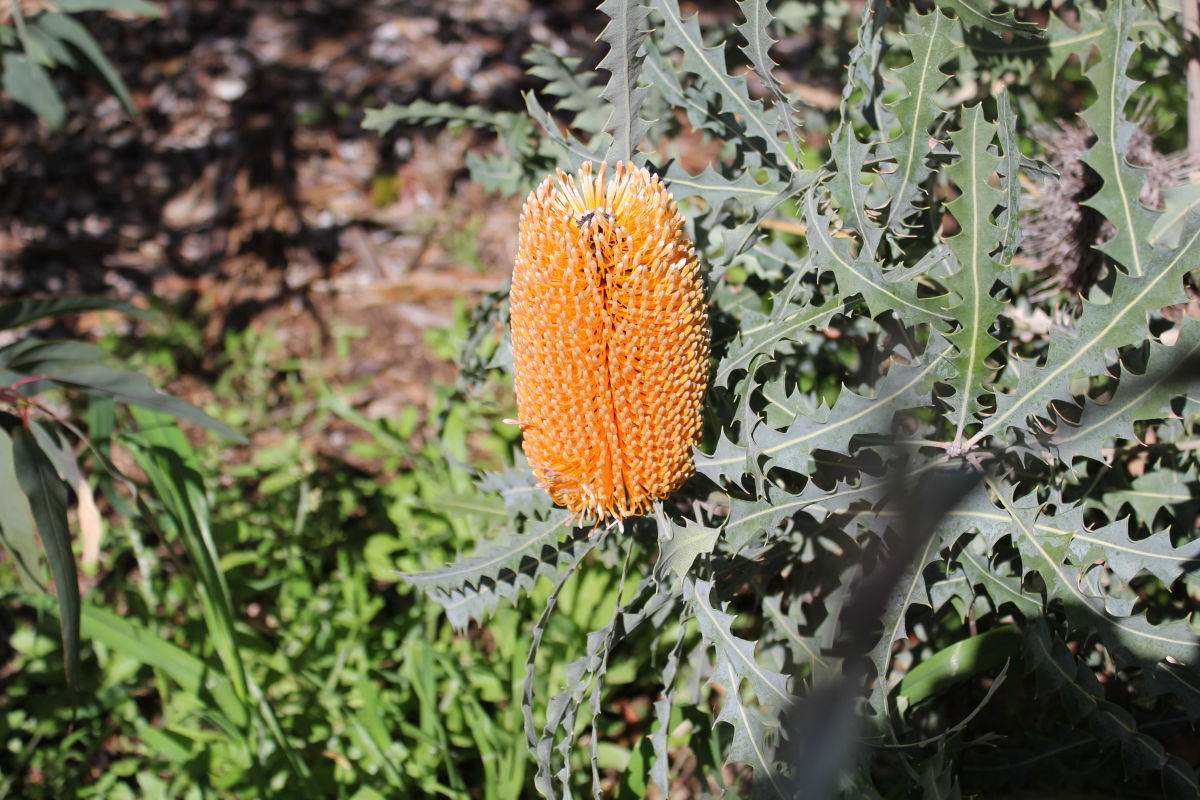

Banksias, named after Sir Joseph Banks who came to Australia on Captain Cook’s ship “Endeavour” in 1770, have long flower spikes and serrated leaves.
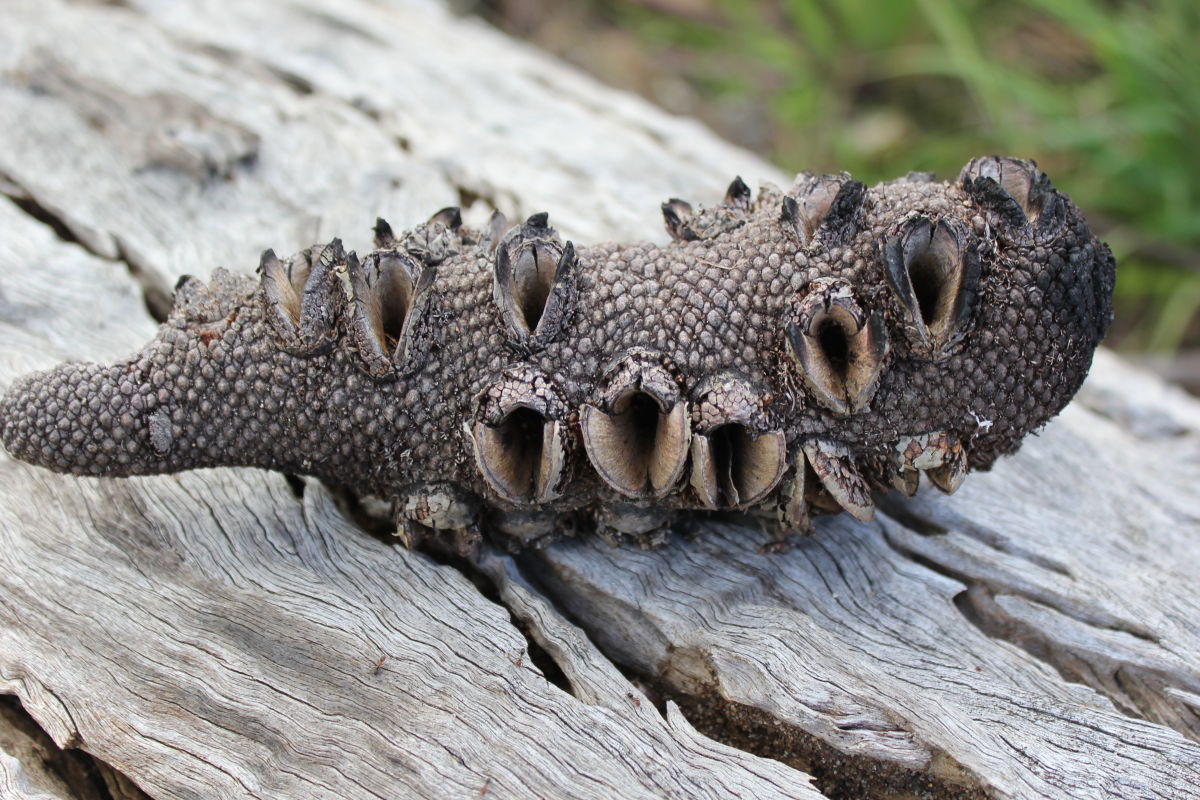

As the banksia flower ages, it dries and darkens, transforming into a grey, woody “cone”.
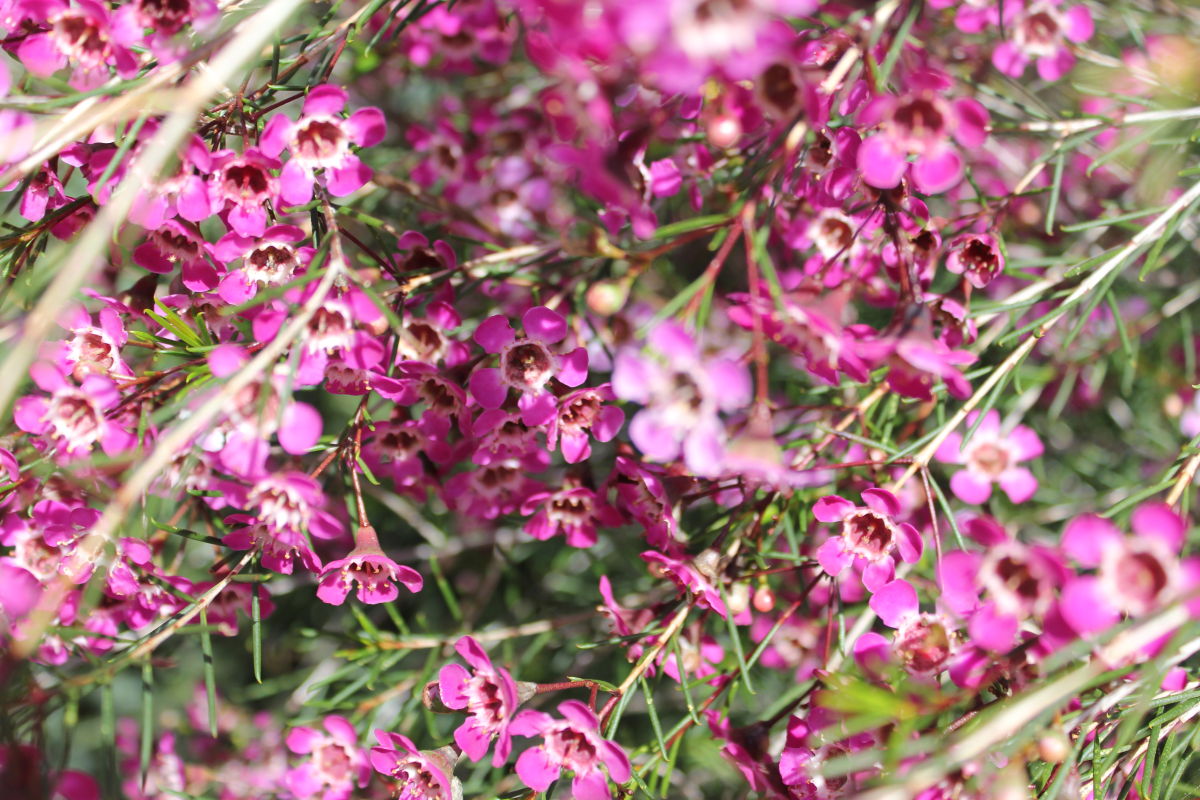

Geraldton Wax, a gorgeous tree with this pretty, waxy little flower. They last for a long time and flowers can be white, pale pink or purple.
This is a tiny selection of the wildflowers blooming now.
Today is the International Day of peace, begun in 1982 with the ringing of the Peace Bell at the United Nations Head Quarters in New York. Probably not a lot you can do to achieve world peace in one day but there is a lot you can do to have a peaceful day yourself. Enjoy it!

